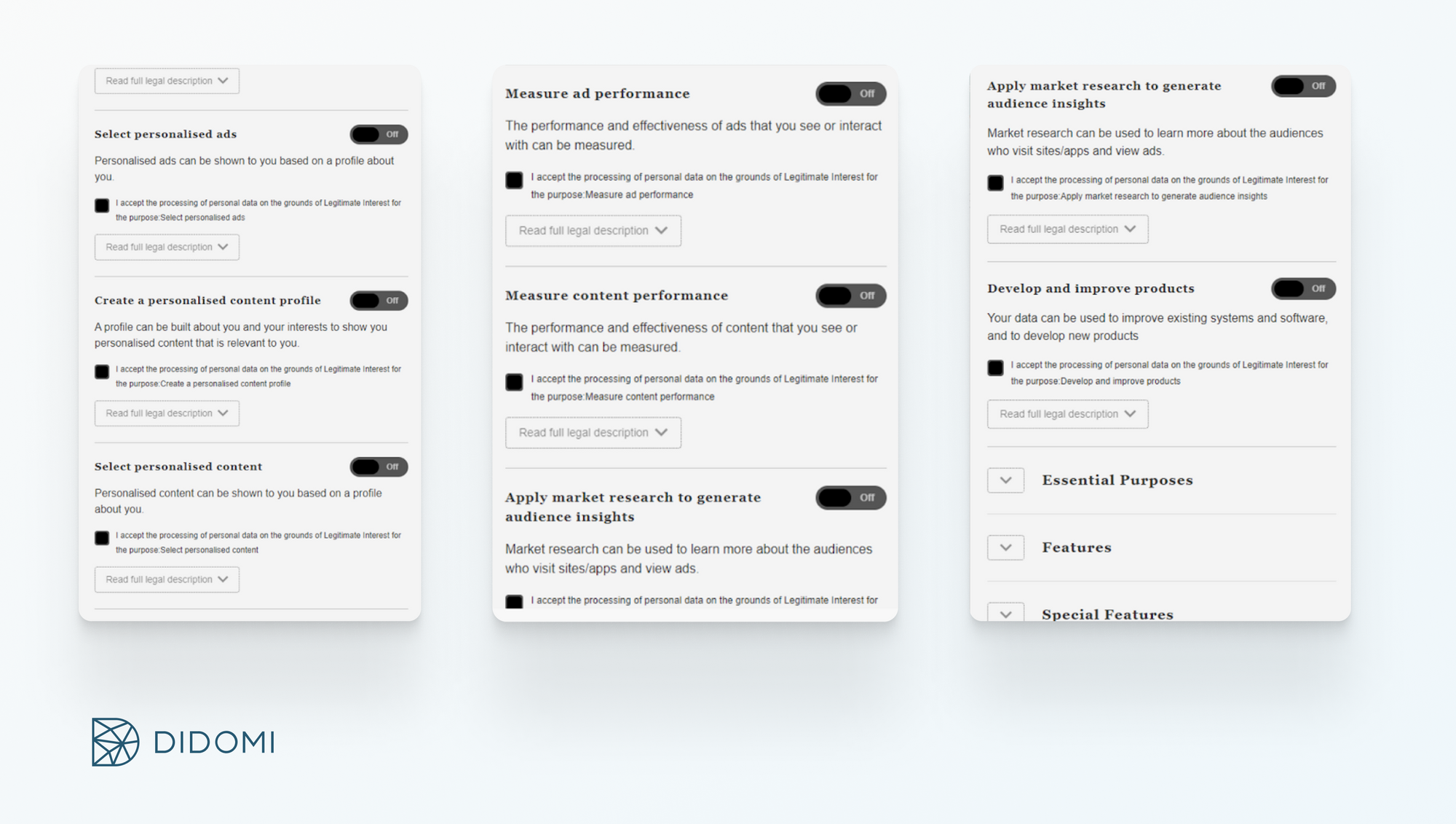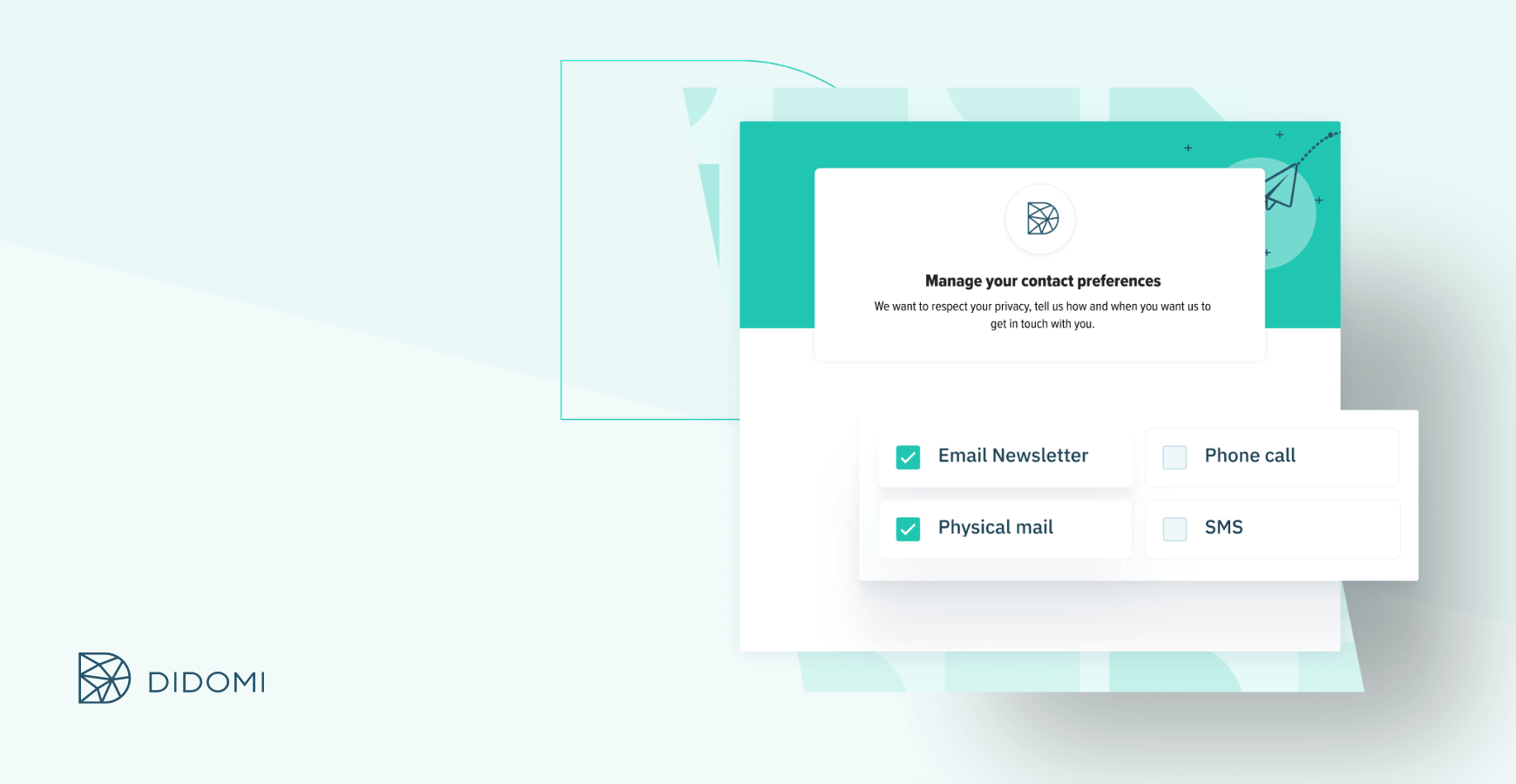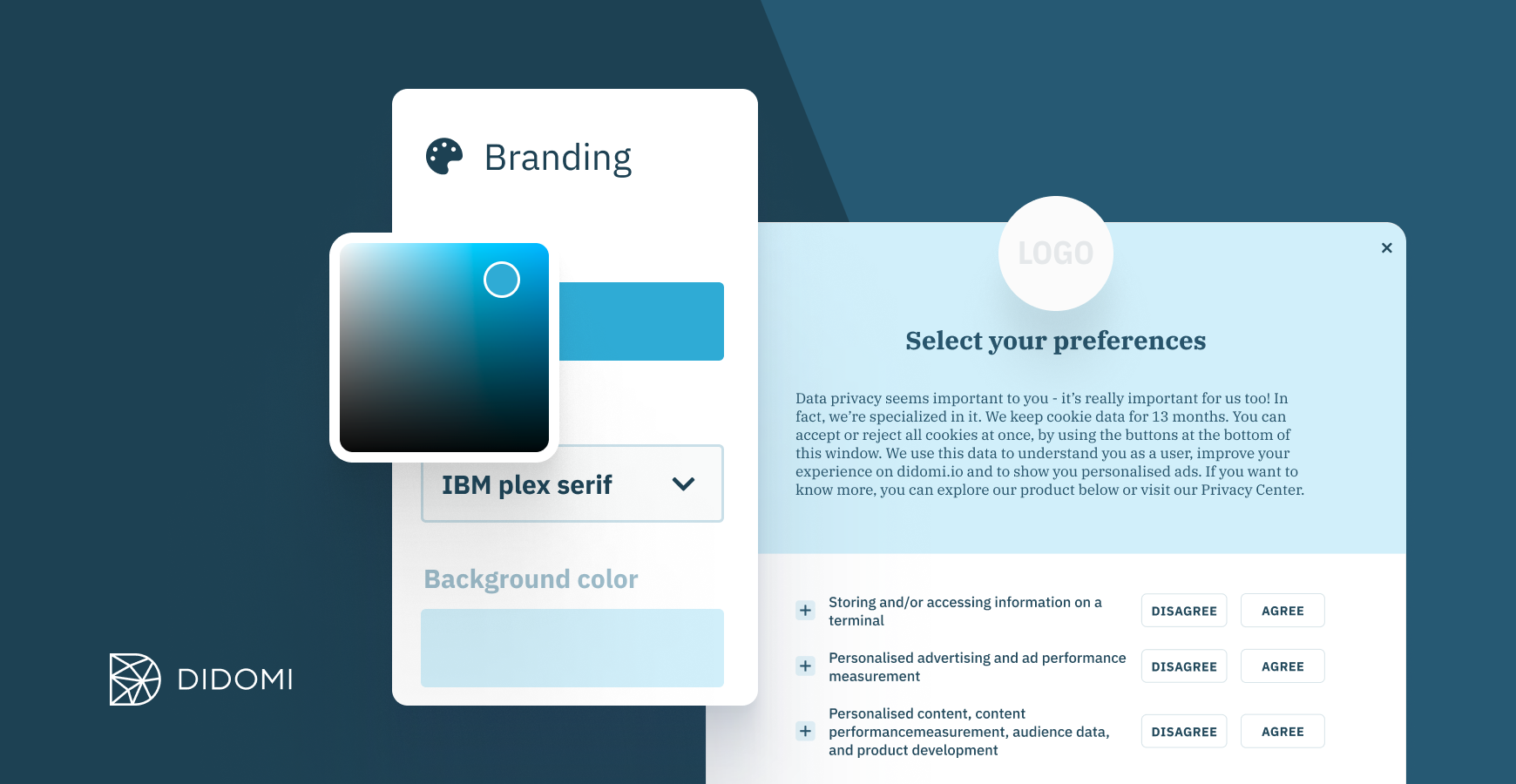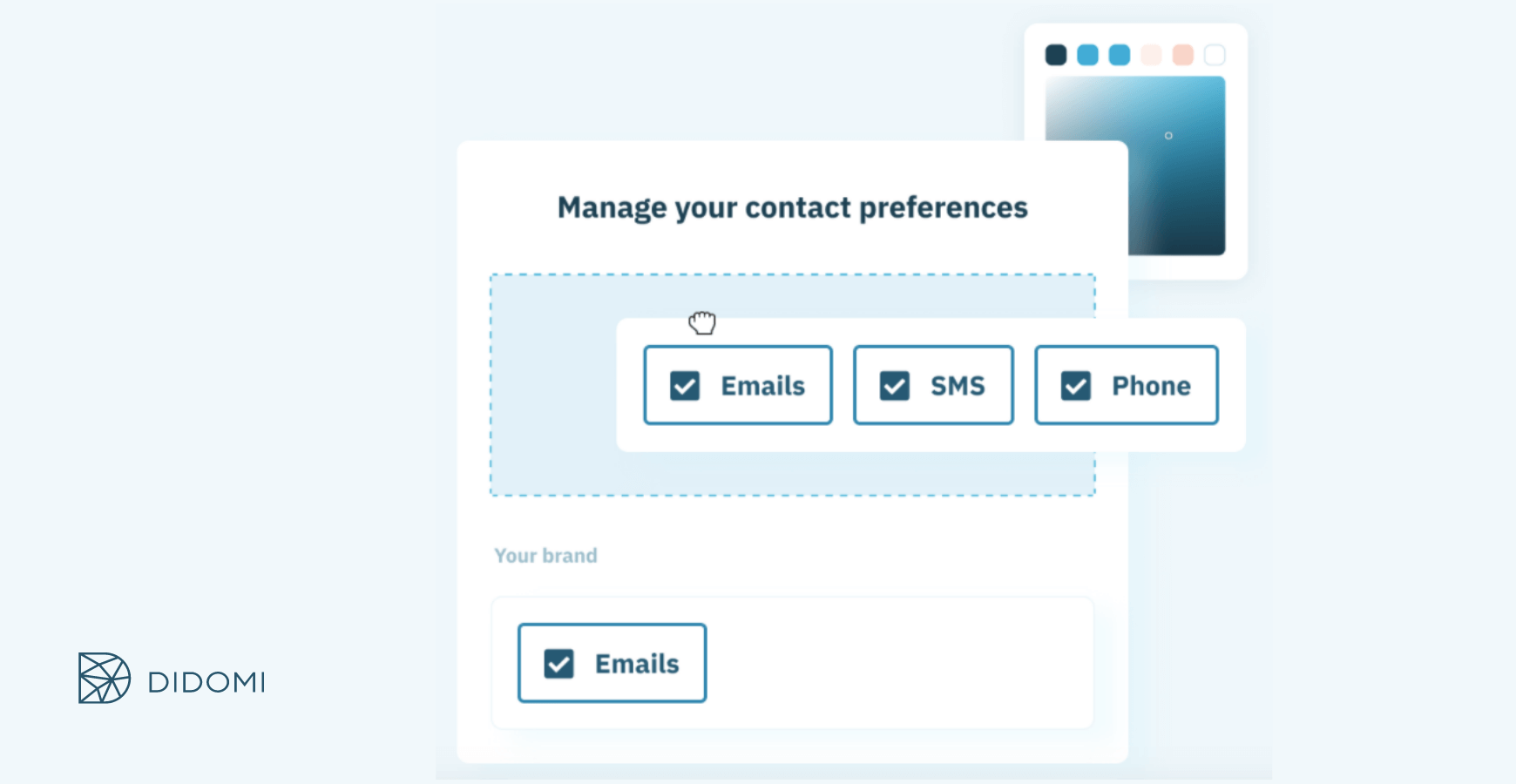With consent and preference expanding beyond compliance into the domain of customer experience, the Key Result Areas (KRA) for marketing are also changing. They are expanding to measure indicators such as the rate, cost, and reasons for opt-in and opt-out since these have a significant impact on overall brand credibility and marketing outcomes.
Marketers need to identify where opt-outs are happening, understand why they are happening; and then take steps to mitigate both: the risks of non-compliance and the rate of opt-outs.
Summary
Introduction to the opt-in and opt-out concepts
Opt-ins are hard-won. A 2019 Adweek study found that 87% of consumers would opt out of ad targeting under CCPA. Bringing that number down is key for marketers and CX leaders today, not just because high opt-out rates impact digital marketing outcomes, but also because the goal is to grow, not refill lists of opted-in customers to compensate for those opting out.
Know The TermsOpt-in is when a customer has to perform a specific action to signal their agreement to be contacted by your company. Opt-out is when a customer is automatically enrolled into your contact lists or has previously opted in to such lists, and now must perform a specific action to remove their names from these lists.
Get more details here. |
What the laws say
All the data privacy regulations and laws have explicit guidelines around how and when opt-ins and opt-outs are needed. For instance, GDPR requires explicit opt-in before any data is collected. For CCPA, opt-in is implicit and a customer must opt out. Get a full list of prevailing laws by geography here.
Understanding when and why customers opt-out
Omni-channel environments give customers a choice of channels and touchpoints to engage with a brand. Each touchpoint is thus an opportunity for customers to either engage or opt out of the relationship. When do engagement opportunities turn into opt-out avenues? Here are a few common scenarios:
The frequency of contact is too high
This survey of over 400 customers found the most common reason for unsubscribing or opting out of email is too much contact. Over-frequent email - even to opted-in customers - is dangerous because customers can easily mark the sender as spam, leading to consequences almost as debilitating as fines.
Remember, the ‘mark as spam’ button is within far easier reach of the customer than your ‘unsubscribe’ link, which will likely be at the very end of the mail.
The brand is communicating on inappropriate or less preferred channels
Customers sometimes don’t remember signing up, especially on low-involvement channels such as desktop notifications or SMS. This happens more frequently in regions where regulations do not require explicit opt-in (for instance, the CCPA). That is why it is even more important to give customers a clear and easy path to share preferences at all touchpoints.
Not doing so may lead to a universal opt-out when an ‘opt-down’ would have served better.
The communication is irrelevant
Often, poor segmentation leads to inappropriate targeting. Messaging can also become irrelevant when a customer’s life circumstances change. Regular audits and a layered approach to updating preferences over the lifetime of the customer are important to keep customer needs fresh and current.
The communication is too skewed
If too much of the brand communication is advertising and sales related, it may come off as transactional and not human enough. If too much of it is educational, it may not be lucrative or exciting enough.
A healthy balance across informative, educational and offer-based messaging gives the customer a balanced experience.
The brand experience is inconsistent across channels
Contradictory experiences on different channels can lead to opting out. For example, a customer who is well-known by in-store staff may find the online experience disruptive, especially if she is asked for too many new opt-ins or preferences despite being well-known.
Designing a seamless consent workflow around the customer journey rather than specific channels keeps the experience consistent.
Brand credibility is compromised
Data breaches are the most obvious. But equally, when brands send out coupon codes that don’t work, partner offers that are not honored, benefits that don’t apply to long-time customers or emails that land in the spam box; credibility is eroded, and opt-outs spike.
3 keys to optimize consent and minimize opt-outs
Given the disproportionate impact opt-outs can have on digital marketing outcomes, it is important to minimize them. However, it needs to be done in non-coercive, customer-centric, and compliant ways.
1. A layered approach is a strategic approach

Privacy, consent, and preference have evolved enough to warrant more than blanket legal agreements. Brands that recognize this can use all three in strategic ways to achieve different ends.
The regulatory layer
Meeting regulatory requirements is foundational and non-negotiable. Brands without privacy basics are not likely to remain competitive even if they survive the fines and fees likely to be slapped on them.
However, replacing legal-speak with human-speak so customers can easily understand the gist of how their rights and data are being protected is always of value.
The consent layer
This is when things start to get interesting. The best way for marketers to get the consent they crave is to provide the right mix of what the customer sees as valuable. At consent touchpoints, the value exchange should be made clear to the customer: they should be aware of how they will benefit if they opt in, as well as what they stand to miss out on if they opt out.
Transparent and user-friendly opt-out processes may seem counter-intuitive, but they can actually help avoid opt-out. That said, over-complicating consent in the name of control, security, or value is avoidable. For example, needing customers to log in to unsubscribe, not explicitly asking for opt-out in CCPA-governed geographies, or too many consent options can confuse and irritate customers.
 (This recipe site offers more than 75 third-party vendor options for users to opt out of, as well as over 15 specific cookie options.)
(This recipe site offers more than 75 third-party vendor options for users to opt out of, as well as over 15 specific cookie options.)
Consent marketing, supported by consent management platforms, can be particularly powerful to deliver a smooth opt-in, opt-down, or opt-out experience across multiple websites, browsers, devices, and channels. This can be very challenging, especially for brands that handle sensitive information.
For example, Société Générale, one of the oldest banks in France, was able to bring hundreds of websites and millions of user data points into compliance within a strict deadline; without compromising the user experience, by deploying a consent management platform.
The preference layer
Preference can offer a competitive advantage if it can be leveraged as a tool of collaboration between brand and customer to co-create a personalized customer experience (CX).
Spacing out the collection of preferences avoids overwhelming the customer and keeps pace with the natural growth tempo of the relationship. Preference centers allow customers to easily express more granular choices about how they wish to engage with the brand and actively participate in their experience design.
2. Integrate consent and preference into Customer Experience (CX) design
In the attention and trust economy, CX and consent are inextricably linked. A big part of CX is brand trust, and consent and preference are central to building trust. When used together, CX investments will deliver better returns as opted-in customers are far more likely to trust the brand and stay loyal to it.
Thinking of the ‘consent experience’ as one of the earliest CX touchpoints can help marketers design it more mindfully, so that consent collection does not disrupt the buying experience even in a multi-channel environment.
3. Build consent & preference metrics into marketing analytics
Earlier, marketers cared only about conversions - opt-outs were an unpleasant byproduct. Now, they are starting to delve deeper into what opt-outs can tell them about churn and retention.
Opt-out patterns can provide valuable insights to predict and pre-empt churn; as well as to deliver more appropriate re-engagement tactics.
Leading indicators such as higher opt-ins, lower opt-outs, depth of preference, the impact of preference on campaign outcomes, retention, loyalty, etc. are now central to the analytics discourse. Collated with existing metrics on conversion, abandonment, retention, and loyalty, we get clarity about the ROI of privacy tech.
Towards preference-led personalization
Going beyond compliance and control, customer-centric marketers are aiming to develop a preference-led personalization approach, where brands and customers co-create the CX.
Consent and preference management platforms give marketers a powerful tool to do that effectively, while also being able to measure and improve outcomes as the relationship develops over time.








